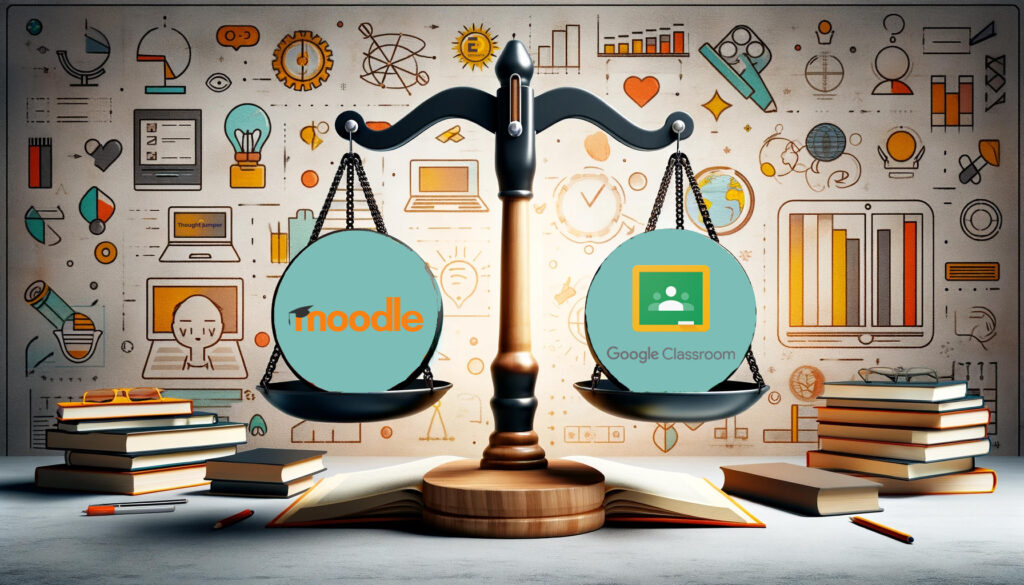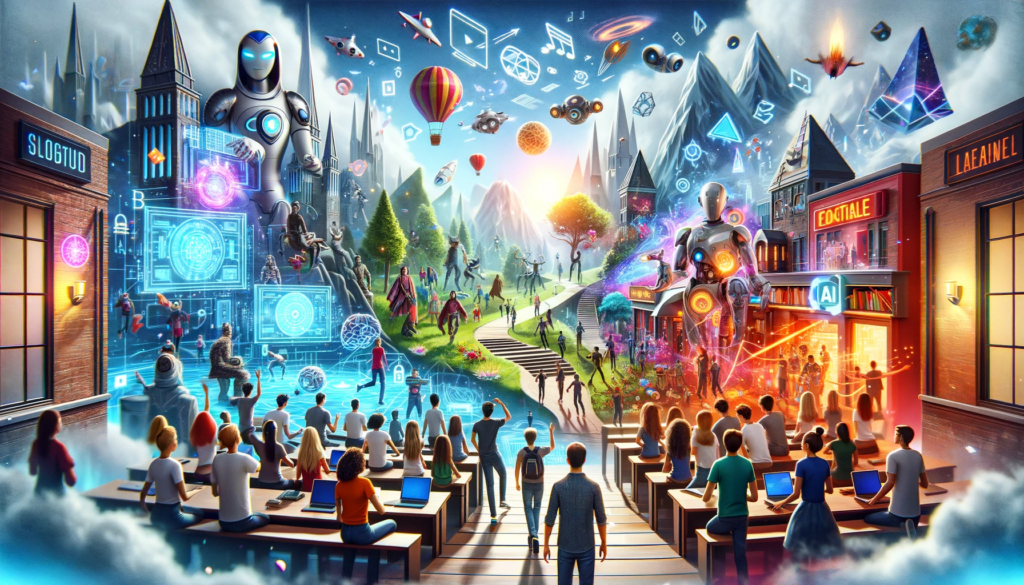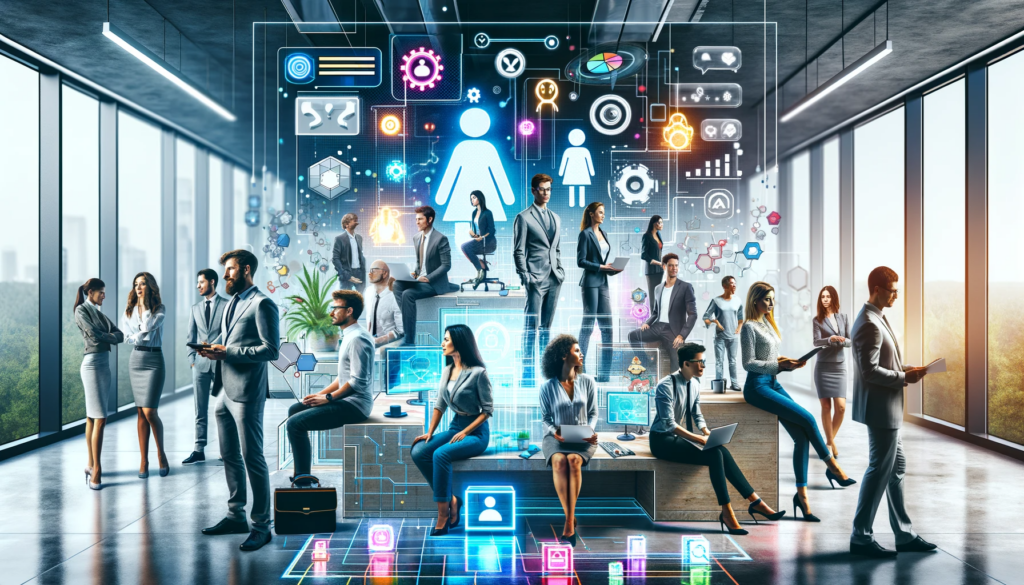5 Things Everyone Gets Wrong About Workplace Disruptors
No matter how quickly we thought the workplace was changing before, the events of 2020, triggered by the global COVID-19 pandemic, turned the traditional workplace on its head. Overnight, most office-based roles became remote, with millions of workers worldwide now facing uncertain futures while organizations and governments figure out how to tackle the fast-changing crisis.
But these workplace disruptors are nothing new. There has been an increasing shift away from the traditional 9-5 office job towards distributed workforces and working from home – a process accelerated by the global pandemic. In 2000, just 3.3% of US workers worked from home, while in mid-2020, this figure had dramatically increased to 42% – and this doesn’t even include the significant proportion of self-employed workers.
This isn’t a short-term challenge. Kate Lister, the President of Global Workplace Analytics, estimates that 25-30% of us will continue to work from home as part of the “new normal.” In fact, in a survey by Perry Timms, just 1% of workers want to fully return to the office, with 57% preferring to switch to an 80% remote, 20% in-office model. It’s not just about remote working. There are other key workplace disruptors to consider.
- We’re all grappling with complex, ever evolving technology ecosystems to stay and collaborative.
- Many organizations are struggling for ways to support blended workforces, comprising full-time, part-time, freelance and casual workers.\
- There’s the rapid change in general that we’re all navigating, and the need to do that quickly and efficiently.
- Then, there’s the skills gap – which is rapidly becoming more of a skills chasm – that needs to be filled with workers who are now ill-equipped with outdated, irrelevant skills.
In these times of enormous upheaval, it’s natural that we’re all wondering how change will affect us in the short and longer term. This post explores the five biggest workplace disruptors that organizations are facing today, and how you can rise to the challenge of increasing uncertainty that comes with a fast-changing world.
Subscribe to learn more




